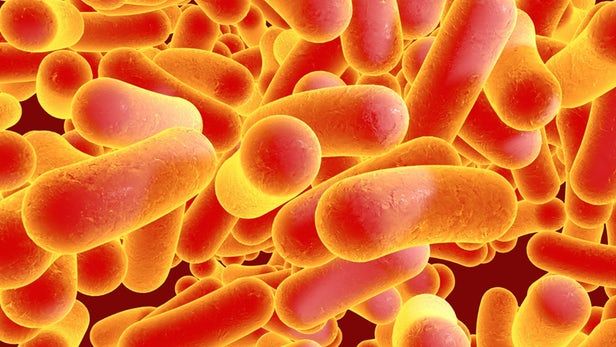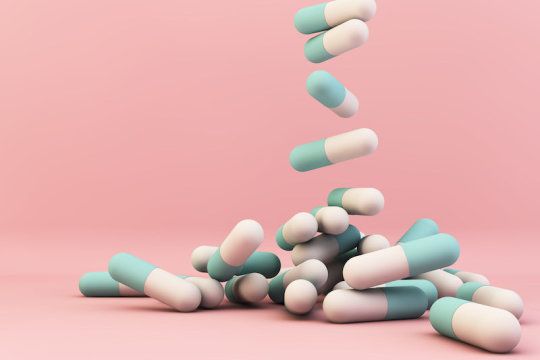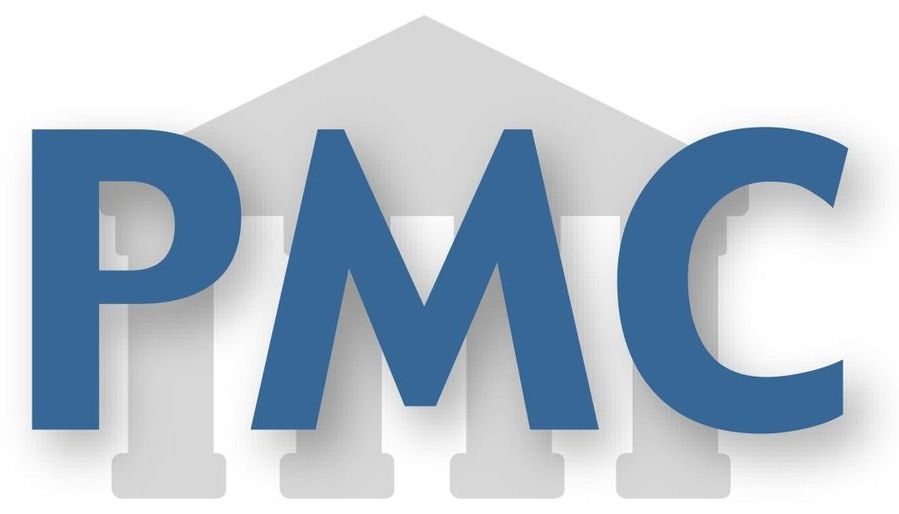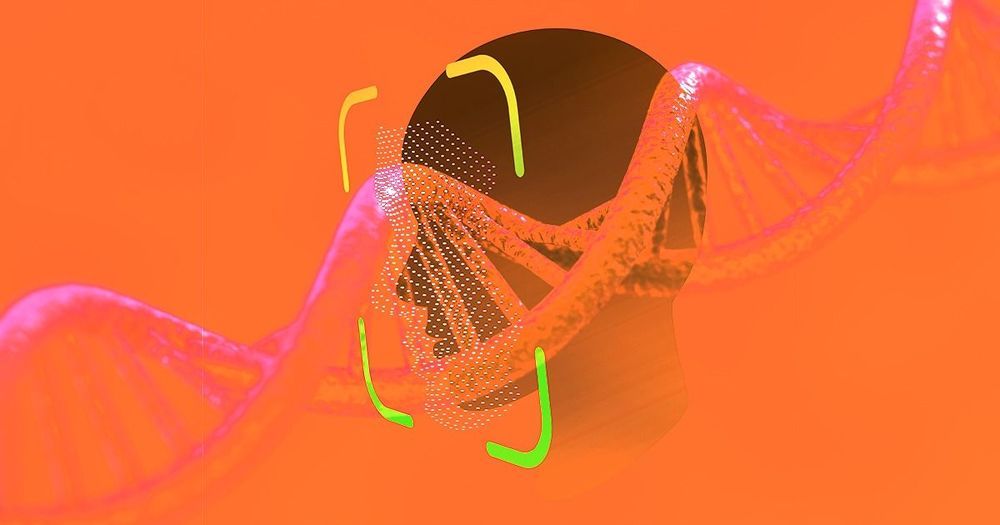Could circadian clocks be used to treat cancer? Here’s what to know.



In a new study, researchers have found that the zinc-finger transcription factor Slug is responsible for repressing p16Ink4a, a compound that promotes senescence in human tissue. The researchers suggest that Slug is worth exploring as a treatment for sarcopenia [1].
Satellite cells
Satellite cells are specialized stem cells that form new muscle cells when the muscle is injured [2]. Populations of satellite stem cells remain quiescent in normal muscle tissue, only becoming activated through physical damage of some sort. This allows the tissue to heal properly, restoring function and allowing for natural regeneration. However, in both humans and mice, old age leads to increased p16Ink4a, which causes defects in this regeneration [1].

Antibiotics were one of the most important scientific developments of the 20th century, helping to easily control bacterial infections and make previously life-threatening procedures and illnesses safe. But inversely, they might also be one of the biggest medical issues of the 21st century, as bacteria evolve resistances to our best drugs. Now, a bacterial gene that grants resistance to “last resort” antibiotics has been detected in a patient in the US, for the first time.

The first time Vayu Maini Rekdal manipulated microbes, he made a decent sourdough bread. At the time, young Maini Rekdal, and most people who head to the kitchen to whip up a salad dressing, pop popcorn, ferment vegetables, or caramelize onions, did not consider the crucial chemical reactions behind these concoctions.
Even more crucial are the reactions that happen after the plates are clean. When a slice of sourdough travels through the digestive system, the trillions of microbes that live in our gut help the body break down that bread to absorb the nutrients. Since the human body cannot digest certain substances — all-important fiber, for example — microbes step up to perform chemistry no human can.
“But this kind of microbial metabolism can also be detrimental,” said Maini Rekdal, a graduate student in the lab of Professor Emily Balskus and first-author on their new study published in Science. According to Maini Rekdal, gut microbes can chew up medications, too, often with hazardous side effects. “Maybe the drug is not going to reach its target in the body, maybe it’s going to be toxic all of a sudden, maybe it’s going to be less helpful,” Maini Rekdal said.
In their study, Balskus, Maini Rekdal, and their collaborators at the University of California San Francisco, describe one of the first concrete examples of how the microbiome can interfere with a drug’s intended path through the body. Focusing on levodopa (L-dopa), the primary treatment for Parkinson’s disease, they identified which bacteria are responsible for degrading the drug and how to stop this microbial interference.

An intriguing experimental result, known as “the phantom leaf effect,” if fully verified, may be an example of some or even all of these biofield processes. In these experiments, coronal discharge or the Kirlian photographic effect reveals a field effect in the morphological form of an intact living leaf even after part of the leaf is severed. This suggests an analogy to the subjective experience of a phantom limb reported by patients after the limb has been amputated. There might be a persisting biofield that represents the amputatedlimb. First described by Adamenko and reported by Tiller and by Ostrander and Schroeder, more recent validating experiments have been performed with detection methods of greater precision; these are summarized in Hubacher. In his most recent publication, Hubacher performed the experiment with highest definition photographic samples using the largest number of samples to date. Of 137 leaves severed and imaged, 96 (70%) demonstrated clear phantoms.
This article briefly reviews the biofield hypothesis and its scientific literature. Evidence for the existence of the biofield now exists, and current theoretical foundations are now being developed. A review of the biofield and related topics from the perspective of physical science is needed to identify a common body of knowledge and evaluate possible underlying principles of origin of the biofield. The properties of such a field could be based on electromagnetic fields, coherent states, biophotons, quantum and quantum-like processes, and ultimately the quantum vacuum. Given this evidence, we intend to inquire and discuss how the existence of the biofield challenges reductionist approaches and presents its own challenges regarding the origin and source of the biofield, the specific evidence for its existence, its relation to biology, and last but not least, how it may inform an integrated understanding of consciousness and the living universe.
Key Words: Biofield, quantum mechanics, physics.
Conventional biology is based on molecular processes—ie, biochemical interactions that ultimately reduce to macromolecules such as DNA and RNA. Even organismal biology, which concerns itself with addressing organisms as wholes, still relies on the reductionist approach of understanding the whole by analyzing how the parts fit together. These approaches, although very successful in specific scientific and medical applications, fail to address phenomena that by their nature are holistic—ie, they may need to be explained from a whole organism context, crossing boundaries of scale, and thereby including quantum and conventional fields, mind, and relationship to environment. It seems that biology, despite the great successes it has achieved and the multitude of applications in theory as well as in practice, has still not undergone the types of revolutions that shook physics over the last 100 years.

Cops would love to have a system that uses DNA from a crime scene to generate a picture of a suspect’s face, but that tech is still restricted to science fiction.
That technology may never exist, but a team of Belgian and American engineers just developed something similar. Using what they know about how DNA shapes the human face, the researchers built an algorithm that scans through a database of images and selects the faces that could be linked to the DNA found at a crime scene, according to research published Wednesday in the journal Nature Communications — a powerful crime-fighting tool, but also a terrifying new way to subvert privacy.


Today, we want to point out a new publication that recently appeared in the Science Translational Medicine journal, as its authors have discovered a new mechanism by which the brain protects itself from the harmful α-synuclein protein aggregates associated with Parkinson’s and that may open the door to new therapies against these conditions.
To understand where these harmful protein aggregates come from, we should take a look at how proteins are created and what goes wrong during the process of proteostasis.

A team of scientists from the University of Arkansas Medical Sciences have successfully tested a laser that can track down cancer cells and kill them — all from outside the skin.
While being completely non-invasive, “this technology has the potential to significantly inhibit metastasis progression,” Vladimir Zharov, author of the paper that was published today in Science Translational Medicine, tells IEEE Spectrum. The idea is to kill of cancer cells before they are able to metastasize, or spread, through the body — the primary cause of cancer-related deaths.